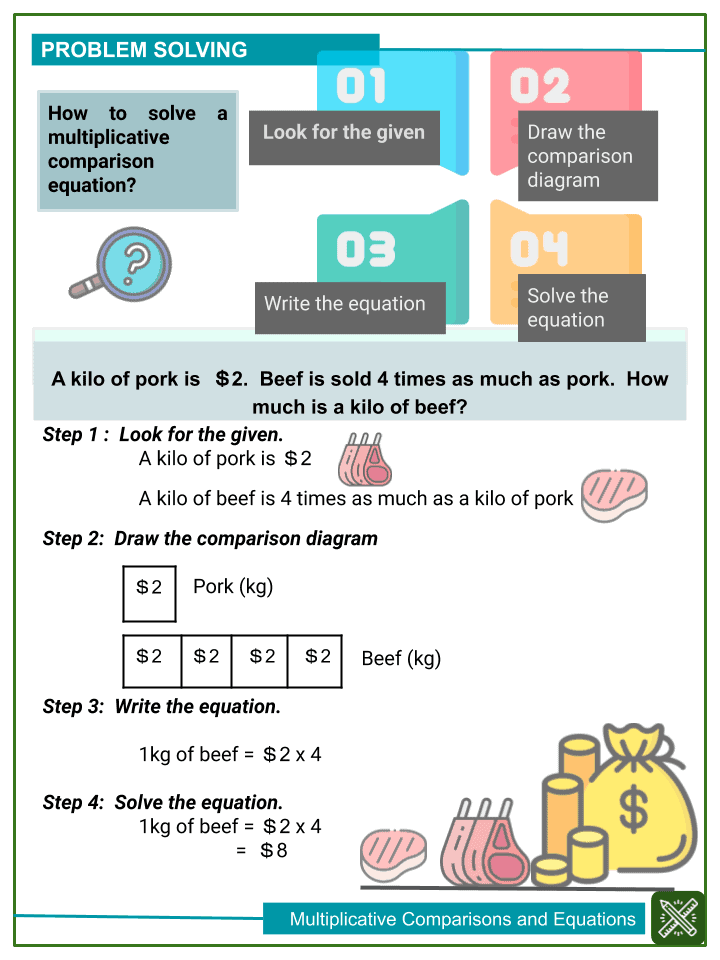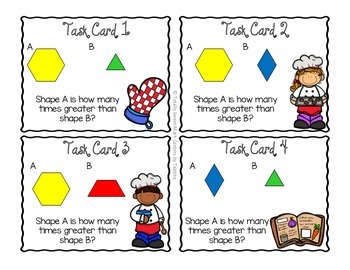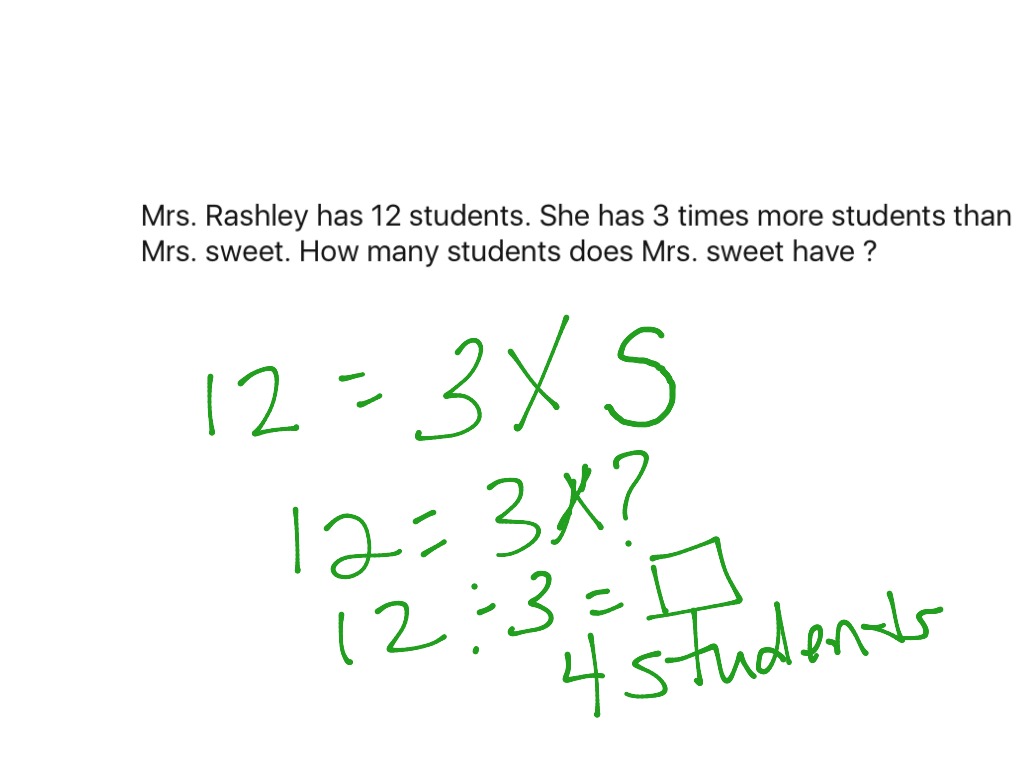

koa2 Solve addition and subtraction word problems, and add and subtract within 10, e.g., by using objects or drawings to represent the problem. Operations and Algebraic Thinking koa1 Represent addition and subtraction with objects, fingers, mental images, drawings, sounds (e.g., claps], acting out situations, verbal explanations, expressions, or equations. kcc7 Compare two numbers between 1 and 10 presented as written numerals. kcc6 Identify whether the number of objects in one group is greater than, less than, or equal to the number of objects in another group, e.g., by using matching and counting strategies.

kcc5 Count to answer "how many?" questions about as many as 20 things arranged in a line, a rectangular array, or a circle, or as many as 10 things in a scattered configuration given a number from 1-20, count out that many objects. Understand that each successive number name refers to a quantity that is one larger.

kcc4c Understand the relationship between numbers and quantities connect counting to cardinality. The number of objects is the same regardless of their arrangement or the order in which they were counted. Understand that the last number name said tells the number of objects counted. kcc4b Understand the relationship between numbers and quantities connect counting to cardinality. When counting objects, say the number names in the standard order, pairing each object with one and only one number name and each number name with one and only one object. kcc4a Understand the relationship between numbers and quantities connect counting to cardinality. Represent a number of objects with a written numeral 0-20 (with 0 representing a count of no objects). kcc2 Count forward beginning from a given number within the known sequence (instead of having to begin at 1). Kindergarten Counting & Cardinality kcc1 Count to 100 by ones and by tens.


 0 kommentar(er)
0 kommentar(er)
